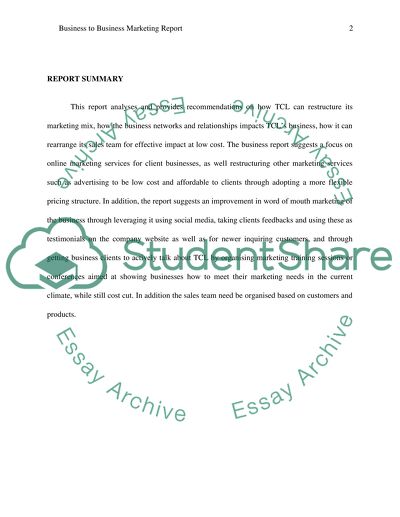Cite this document
(“Business to business marketing Essay Example | Topics and Well Written Essays - 3000 words”, n.d.)
Retrieved from https://studentshare.org/marketing/1398347-business-to-business-marketing
Retrieved from https://studentshare.org/marketing/1398347-business-to-business-marketing
(Business to Business Marketing Essay Example | Topics and Well Written Essays - 3000 Words)
https://studentshare.org/marketing/1398347-business-to-business-marketing.
https://studentshare.org/marketing/1398347-business-to-business-marketing.
“Business to Business Marketing Essay Example | Topics and Well Written Essays - 3000 Words”, n.d. https://studentshare.org/marketing/1398347-business-to-business-marketing.


